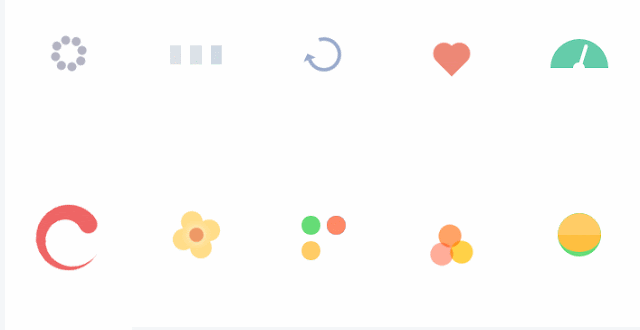 |
| If your website matches any of these signs then it needs updating |
The internet is a dynamic and rapidly changing place. It is not enough for a business to simply have a website. In fact your website needs to be fast, attractive and effective for it to be worthwhile having. Here are 5 quick things to check to see if your website is performing or whether it is in need of an update.
1. Your website appears dated
If you haven’t updated the design of your site for a while, chances are it has a dated aesthetic. Features such as Flash based videos or animations, bad pop-ups, corny stock photos or a gradient button menu are a sure-fire way to know that you need a new one. When analysing your website step into the shoes of a potential customer. They’re instantly going to associate the design and functionality of your site with the quality of the product or service you offer. You only get one chance to make a good first impression, so make sure you make the best one possible.When analysing your website step into the shoes of a potential customer.
If your website messaging seems stale or blends in with your competitors, it’s time to make a change and showcase your company for how remarkable it really is. The good news is that website rebuilds or redesigns don’t need to be a headache, Opus Web Design can help you update your site so it will not only captivates your audience but push them towards a conversion. Often, it’s not necessary to go through a complete website rebuild. We find, in many cases, that some simple optimizations and refreshed page elements can improve website appearance and performance.
2. Your competitors outrank you on Google
It's all well having a good looking website but it isn't much use to you if nobody can find it. We all search for businesses on Google, often even if we know the actual web address so your business needs to rank well, especially against your competitors. SEO (Search Engine Optimisation) and content marketing are vitally important for ensuring a healthy Google ranking. Search technology relies on algorithms to identify websites that are either completely static or don’t change their content regularly.By continually having engaging and informative content that is keyword targeted on your website, you can take significant steps towards ensuring that your site stays ahead of your competitors. A good way to see whether or not you’re lagging behind is to do a simple Google search for your site and for your key services/products. If you find some of your competitors are higher in the search rankings than you, it may be time to rethink your SEO and content marketing strategy.
3. Your website isn’t mobile responsive
 |
| Mobile browsing now accounts for over half of all online activity |
So your website looks good and ranks well but is it mobile friendly? People are constantly on their phones and tablets, so if your website doesn’t look great and function properly on all major device platforms, you’re ignoring potential customers. Today’s websites should be completely mobile responsive so that they appear and function well on devices. Mobile responsiveness has become massively important in terms of search rankings over the past couple of years. According to Search Engine Land, nearly 60% of all online searches are now conducted on a mobile device, and that number continues to climb.
Click to do a quick mobile friendliness test for your website.
4. Traffic isn’t converting into sales
A lot of sites have good web traffic, meaning that they are doing the hard work in terms of SEO and effective content marketing, but for certain reasons very little of that traffic is converting into actual sales. It could be that the user experience isn’t great in certain areas of your site and it’s costing you potential sales. Your website is the first impression that most prospects get of your company, and its main purpose is to convert visitors into leads. If this is not happening, it’s time to redesign.We can use Google Analytics stats can find the holes in your site and tell you where most of your visitors are slipping through the net. Many dated websites lack effective calls to actions that convert users to customers. A call-to-action (CTA) is a button or link that you place on your website to drive prospective customers to become leads by completing an action on your landing page.
5. Website Speed
 |
| Website loading speed is a key factor in Google's ranking algorithm |
Your website’s loading time is a major factor in people either staying or leaving the site and never returning. Google Page Speed Insights find out how long your site takes to load. If your score is not in the green then you need to rethink the elements of your website that are slowing it down. The main result of slow loading times is a high bounce rate.
The definition of bounce rate is the percentage of people who arrive on your site and leave without visiting a second page. A high bounce rate is an obvious sign of an outdated or poorly performing site. Website users usually leave a site hurriedly without visiting other pages because it didn't load fast enough, they don’t find what they are looking for instantly or simply do not like the look of it.
Note: This article was written and shared with us by our web design partners Opus Web Design






























